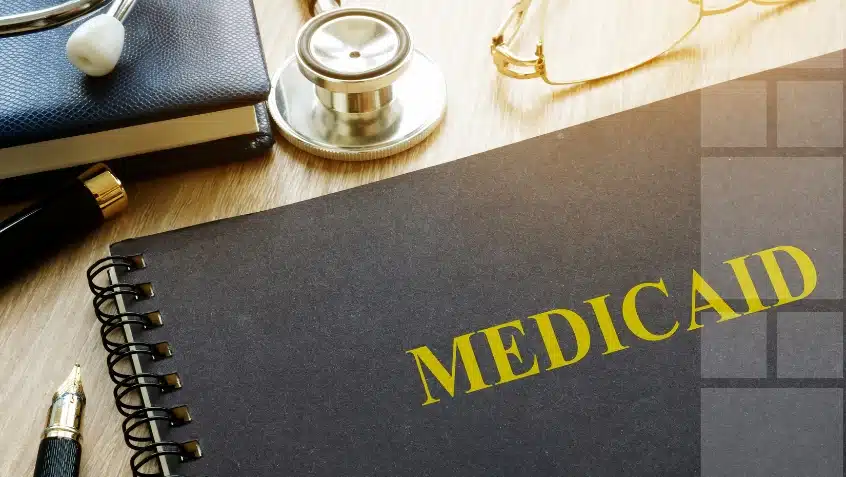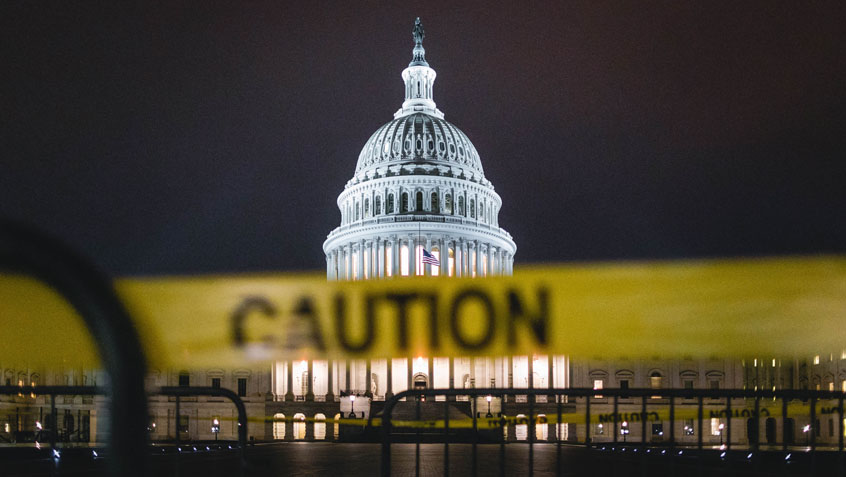
Block Granting Medicaid is a Dangerous Step for Older Adults and People with Disabilities
Just before the New Year, the Medicare Rights Center responded to a proposal that would damage the Medicaid program by allowing Tennessee to convert its Medicaid funding into a block grant. Our comments note that doing so would cause harm to older adults and people with disabilities, as well as the Medicaid program as a whole.








